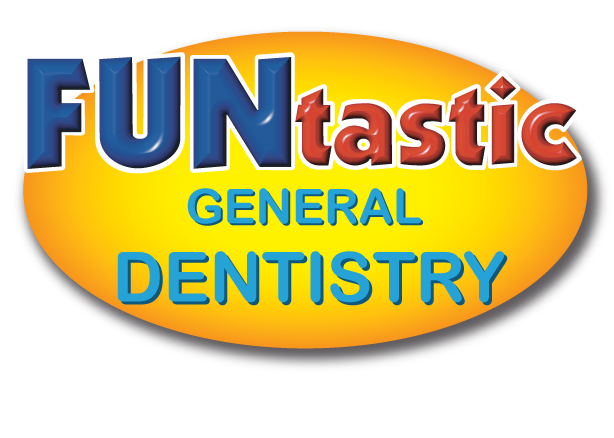Dental Bridges
Several treatment options are available for severely weakened or decayed teeth, but often a tooth is irreparable, leaving an unflattering gap in your smile. Gaps in the teeth may severely undermine your morale and may also have a detrimental effect on the functionality of your other teeth and general mouth use, as the remaining teeth can change with time, resulting in misalignment and a variety of other dental issues.
Dental bridges address the gap left by a missing tooth by utilizing an artificial tooth that appears and behaves identically to your natural tooth.
In addition to providing smile makeovers to residents of Long Beach and the surrounding areas, we also provide the following restorative dentistry services in Long Beach: White Fillings, Full Mouth Reconstruction, Root Canal, Bone Grafting, Restoration Treatment, Dental Crowns, and Dentures.

